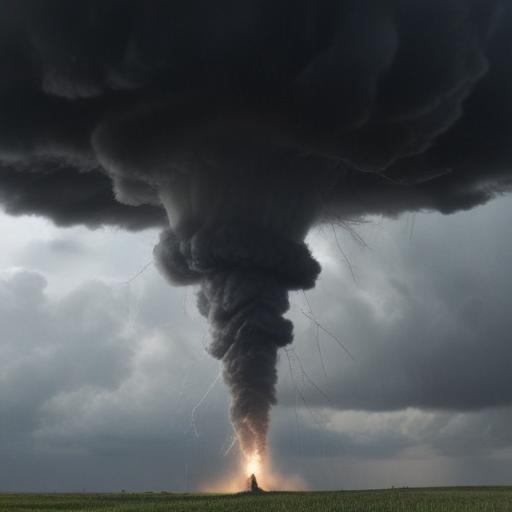Anniversary remembrances of the 1990 Plainfield tornado highlight a rare August disaster that reshaped how communities think about storm safety
On August 28, 1990, a violent F5 tornado tore through two northern Illinois counties on the far southwestern edge of Chicagoland, leaving a lasting mark on a region long familiar with severe weather. The twister traced a 16-mile path through Plainfield and Crystal Lawns, claiming 29 lives and injuring about 350 people.
The damage was staggering. The tornado reached up to a half-mile in width and caused about $160 million in destruction, with 470 homes completely destroyed and another 1,000 damaged. The event stands as one of only two known F5 or EF5 August tornadoes in U.S. history, the other being the Rochester tornado that struck near the Mayo Clinic in 1883.
Two aspects of this storm set it apart beyond its intensity. First, it was cloaked in low clouds and rain, so there were no widely seen photos or videos of the tornado itself. Second, researchers later studied an unusual lightning pattern associated with the event: a high fraction of positively charged strikes, a temporary dip in cloud-to-ground lightning as the tornado formed, and then a clustering of lightning near the tornado at its peak intensity.
The 1990 Plainfield tornado remains a stark reminder of nature’s power and the challenges of forecasting and warning in the era before modern Doppler radar and widespread digital alerts. Since then, meteorologists and emergency managers have continued to refine warning systems and community preparedness, aiming to give residents more time to seek shelter when a tornado threatens.
For readers and communities today, the event underscores the ongoing importance of preparedness, reliable weather information, and strong infrastructure to withstand extreme weather events. It also highlights how scientific study of rare atmospheric phenomena, including unusual lightning patterns, can improve our understanding and forecasting of deadly storms.
If you’re planning coverage or a feature, consider adding a timeline of the Plainfield incident, a sidebar on how tornado warning systems have evolved since 1990, and guidance on current best practices for sheltering during a tornado threat. A brief explainer of how lightning patterns relate to tornado development could also help readers appreciate the science behind the warnings.
Summary for readers: the 1990 Plainfield tornado was one of the most intense August tornadoes in U.S. history, causing significant loss of life and damage, and it spurred ongoing improvements in weather forecasting, warning systems, and emergency preparedness that continue to protect communities today.
